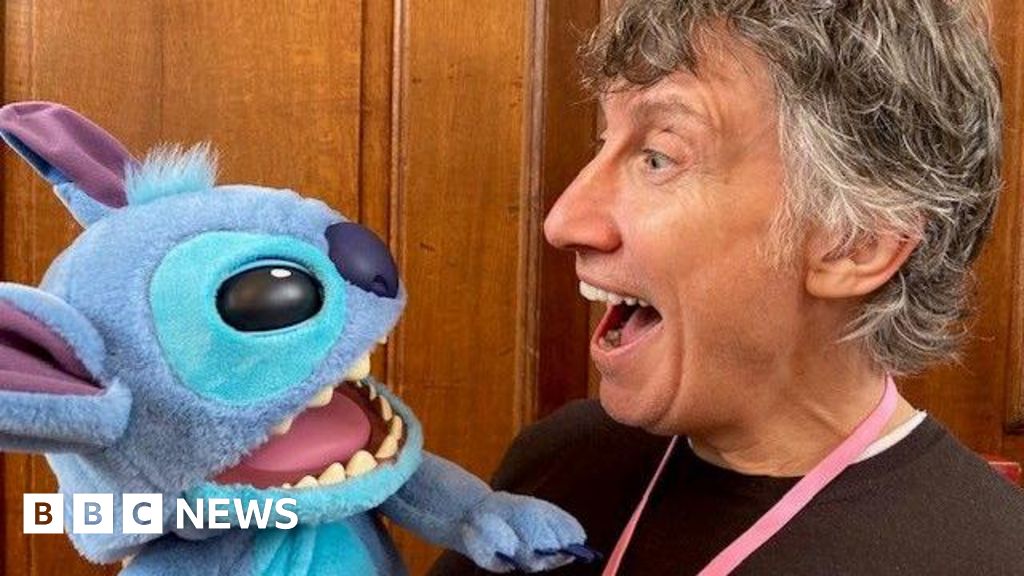Stay informed with free updates
Simply sign up to the US interest rates myFT Digest — delivered directly to your inbox.
Federal Reserve officials agreed in September that the US central bank should “proceed carefully” on interest rate decisions and acknowledged the “two-sided” risks of pursuing its 2 per cent inflation target, according to minutes from their latest meeting.
Members of the Federal Open Market Committee sounded a cautious note on monetary policy, while also acknowledging that there was more work to be done to bring inflation down to target. Officials refrained from raising interest rates at the meeting.
“Participants generally judged that, with the stance of monetary policy in restrictive territory, risks to the achievement of the committee’s goals had become more two-sided. But with inflation still well above the committee’s longer-run goal and the labour market remaining tight, most participants continued to see upside risks to inflation,” the minutes said.
Officials nevertheless acknowledged that policy “should remain restrictive for some time until the committee is confident that inflation is moving down sustainably toward its objective”.
The two-sided risks refer to both the risk of tightening policy too little, which would leave inflation at higher levels, or too much, which threatens to curb economic growth dramatically.
References to proceeding carefully appeared twice. “All participants agreed that the committee was in a position to proceed carefully,” the minutes said, noting that officials would continue to make decisions based on the “totality” of incoming information.
They also said that “data volatility and potential data revisions, or the difficulty of estimating the neutral policy rate” supported the case for “proceeding carefully in determining the extent of additional policy firming that may be appropriate.
The word “carefully” did not appear in the July minutes.
The September minutes are likely to cement expectations that the Fed has finished raising rates in this cycle. A sell-off in Treasury debt over the past two weeks has helped accelerate those expectations, as Fed officials have acknowledged that the rise in borrowing costs may be doing some of the central bank’s work for it.
The pause in interest rate increases in September left the Fed’s benchmark rate in a range of 5.25-5.5 per cent, the highest level since 2001. That is slightly below the year-end levels forecasted by most officials in their September dot plot projections.
Initial market reactions to the release of the minutes was minimal.
The Fed’s meeting reflects officials’ views prior to the recent Treasury market sell-off. With investors persuaded that the Fed would keep interest rates higher for longer and US growth may be better than expected in the coming quarters, yields on 10- and 30-year bonds rose to their highest levels in 16 years last week.
The rise in yields hit stocks and sent financial conditions to the tightest levels in a year. Since then, officials have come out and said that the increase in yields in the Treasury market may have done some of the Fed’s work for it, obviating the need for further increases in rates.
Fed vice-chair Philip Jefferson on Monday said that he would “remain cognisant of the tightening in financial conditions through higher bond yields” when assessing the path for interest rates. That sentiment was echoed by Dallas Fed president Lorie Logan on the same day, and Minneapolis Fed president Neel Kashkari on Tuesday.
Also on Tuesday, Atlanta Fed president Raphael Bostic said the central bank did not need to raise interest rates further and said he was not expecting the US to enter a recession in the near term.
Credit: Source link







![The HubSpot Blog’s 2024 Video Marketing Report [Data from 500+ Video Marketers] The HubSpot Blog’s 2024 Video Marketing Report [Data from 500+ Video Marketers]](https://www.hubspot.com/hubfs/video-marketing-report.webp)



